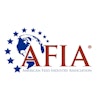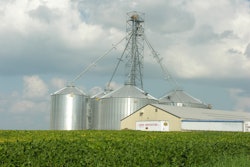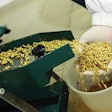Depending on the context of the discussion, "grain quality" has many connotations. From moisture content to density, the variables dictating the perception of grain quality hinges on measurements the specifications outlined in a customer contract and, ultimately how the commodity will be consumed. Aside from the physical and intrinsic characteristics of the lot, the management of grain sanitation yields its own set of allowances and penalties in today's regulatory environment - increasingly so with the months prior to the finalization of the Food Safety Modernization Act (FSMA).
For grain elevators and feed mills, in particular, it's important to acknowledge they are part of the food system.
"This is a new concept in the bulk commodity world because, traditionally, most wouldn't think they would be part of the food safety world," asserts Dr. Charles Hurburgh, professor with Iowa State University's Department of Agricultural and Biosystems Engineering.
FSMA pushes all companies up and down the food supply chain to adopt a proactive, preventive approach to food safety by outlining intervention strategies against potential foodborne contamination. Feed mills and grain elevators in particular are impacted by FSMA legislation because they serve both commodity groups _

















